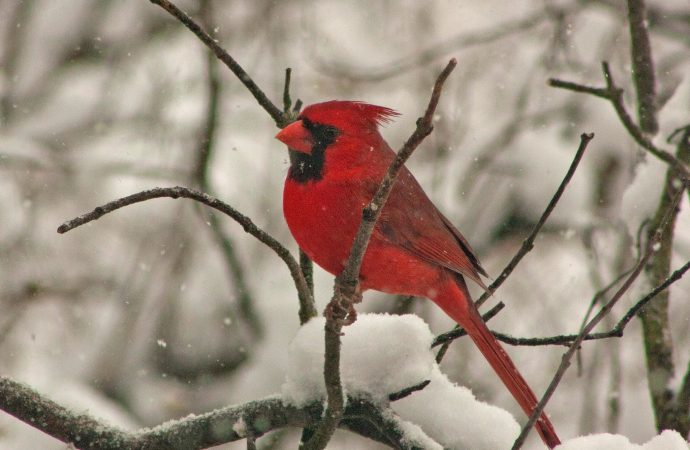Climate change continues to reshape our planet, leaving no corner of the natural world untouched. Among the countless species feeling the effects, birds are experiencing remarkable transformations in response to a changing environment. In this article, we explore the unusual consequences of climate change on avian species, as they adapt and evolve in unexpected ways.
Climate change continues to reshape our planet, leaving no corner of the natural world untouched. Among the countless species feeling the effects, birds are experiencing remarkable transformations in response to a changing environment. In this article, we explore the unusual consequences of climate change on avian species, as they adapt and evolve in unexpected ways.
As temperatures rise and weather patterns become more erratic, avian populations are facing unprecedented challenges. One of the most striking consequences is the surprising changes in bird size observed in different species. Climate change appears to be causing both shrinking and growing trends in avian bodies, defying traditional expectations.
In some cases, bird species are becoming smaller, an adaptation linked to the increasing temperatures associated with global warming. Smaller body sizes enable better heat dissipation, allowing birds to regulate their body temperature more efficiently in warmer climates. This shrinkage can impact various aspects of bird life, such as foraging efficiency and reproduction.
Conversely, other bird species are experiencing the opposite effect: they are growing larger. This change may be a response to altered food availability and the need to meet the energetic demands of longer migrations. Birds with larger bodies can store more fat reserves, providing them with the necessary fuel for extended journeys and better survival in changing environments.
The shifting sizes of avian species have far-reaching implications. Smaller birds may face challenges in finding sufficient food resources, attracting mates, and successfully raising offspring. Larger birds, on the other hand, may encounter difficulties in terms of energy requirements and competition for limited resources.
In addition to changes in body size, climate change is also influencing the behavior and distribution patterns of birds. Rising temperatures are altering the timing of migration, with some species adjusting their departure and arrival times. For instance, many bird populations are initiating their migration earlier in response to earlier springs and the associated availability of food resources.
These changes in migration patterns can disrupt long-established ecological relationships. The timing of migration is closely intertwined with the availability of food, nesting sites, and suitable breeding conditions. If birds and their resources become out of sync due to climate change, it can have cascading effects on the entire ecosystem.
Furthermore, altered weather patterns, including severe storms and extreme heatwaves, can impact bird populations and their habitats. Stronger storms can destroy nesting sites and reduce food availability, while heatwaves can lead to dehydration and increased susceptibility to disease. These events pose additional challenges for avian species already grappling with the consequences of a changing climate.
Understanding the unusual consequences of climate change on birds requires collaboration between scientists, conservationists, and policymakers. Efforts should focus on protecting and restoring critical habitats, implementing sustainable land management practices, and reducing greenhouse gas emissions.
Citizen science initiatives also play a vital role in documenting and monitoring the effects of climate change on bird populations. Birdwatchers and enthusiasts can contribute valuable data that helps researchers better understand the ongoing transformations and inform conservation strategies.
In conclusion, climate change is driving unusual consequences in avian species, with birds both shrinking and growing in response to a changing environment. These transformations have significant implications for their survival, reproduction, and ecological interactions. By recognizing and addressing these challenges, we can work towards safeguarding avian species and preserving the delicate balance of our natural world





















Leave a Comment
Your email address will not be published. Required fields are marked with *